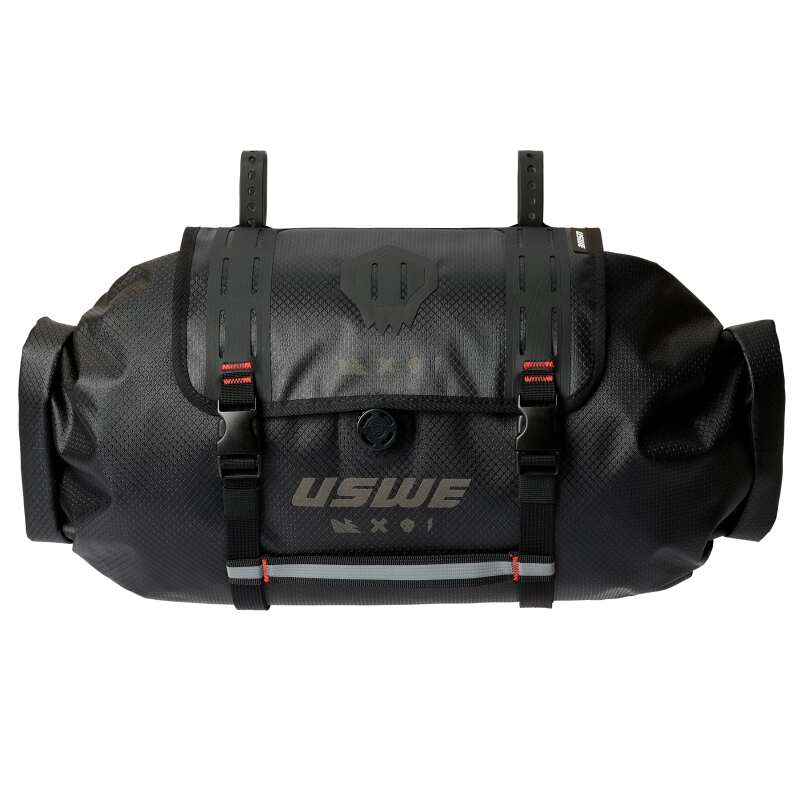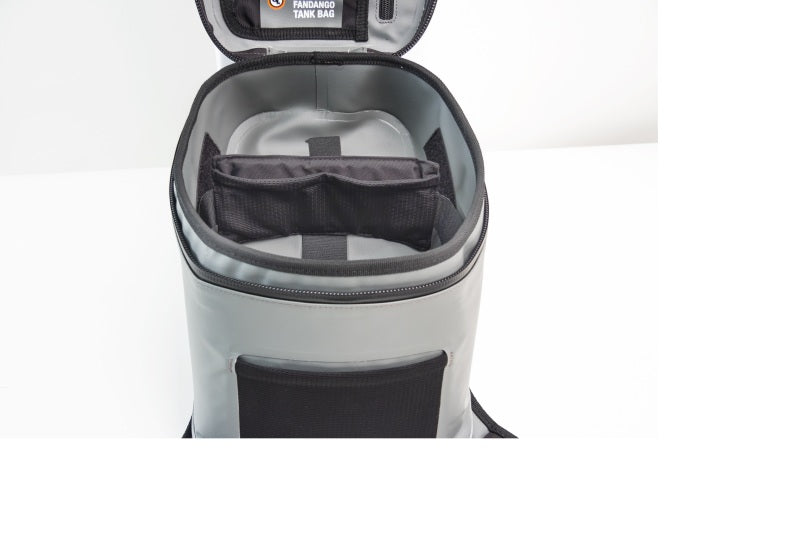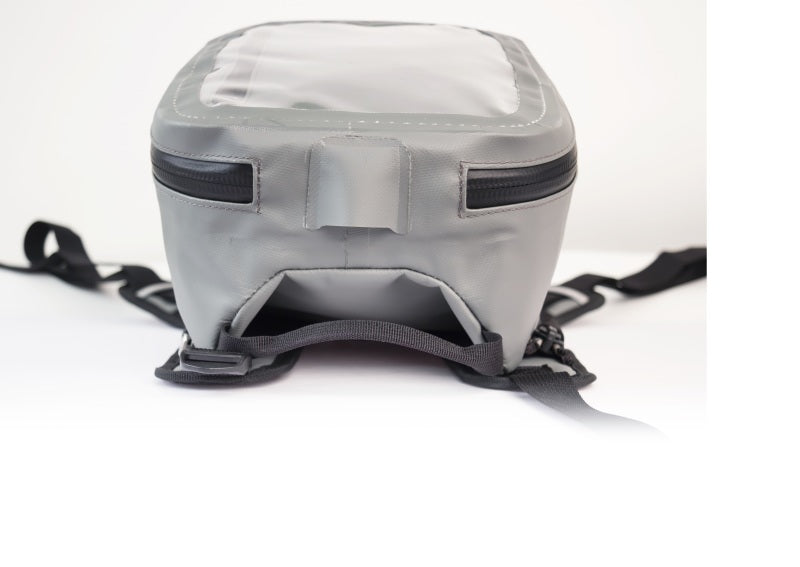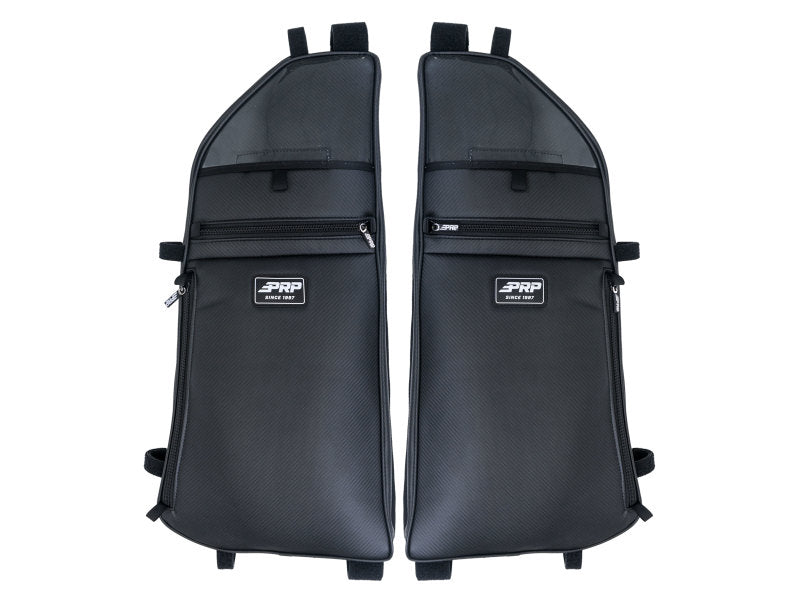A blow off valve (BOV) helps keep turbocharged engines safe by letting out extra air pressure when you take your foot off the gas. These valves come in two main types - ones that release air into the open with a whooshing sound, and others that send the air back into the engine. BOVs work using simple moving parts like springy plates or sliding plugs that open and close based on pressure changes. The size you need (usually between 38mm to 52mm) depends on how much power your engine makes. To work right, the valve must sit in the pipe between your turbo and gas pedal control. Checking the valve's rubber parts and air lines regularly keeps everything working smoothly. Getting the right BOV and putting it in the right spot makes a big difference in how well your turbocharged engine runs.
Key Takeaways
- Blow off valves protect turbocharged engines by releasing excess pressure when the throttle closes, preventing compressor surge and potential damage.
- BOVs come in two main types: Vent-to-Atmosphere which produces a distinctive sound, and Recirculating which maintains smoother operation.
- Installation location between turbo and throttle is crucial for optimal performance and preventing turbocharger damage.
- BOVs enhance engine responsiveness and boost control by managing pressure changes through spring-loaded mechanisms.
- Regular maintenance of BOVs includes checking seals, ensuring proper closure, and verifying vacuum line connections for smooth operation.
What Is A Blow Off Valve
A blow off valve (BOV) is a safety device that helps protect turbocharged engines. It works by letting out extra air pressure when you take your foot off the gas pedal, which stops the turbo from getting damaged or making unwanted noises.
Think of it like a pressure relief valve that uses a spring and moving parts to sense when there's too much pressure in the system. Without proper valve function, compressor surge can occur, damaging internal turbo components. Using quality motor oil helps maintain optimal valve performance and engine protection.
BOVs help keep turbochargers healthy and running well by getting rid of excess pressure. They do this by either releasing the pressure into the air with a distinctive whoosh sound or sending it back into the engine's intake.
These valves sit between the turbocharger and the throttle (the part that controls how much air goes into your engine), where they can quickly react to any sudden pressure changes that might harm the engine.
BOV Types And Mechanisms
Blow off valves come in two main types: ones that release air into the open (VTA) and ones that send air back into the engine (recirculating).
When VTA valves let out pressure, they make that familiar whoosh sound, but this can mess with air sensors in some cars. Most new cars use recirculating valves since they keep the turbo spinning smoothly and help measure air flow better.
A properly configured air intake system helps maximize the effectiveness of your blow off valve setup.
Depending on your setup, you'll need a valve that can handle up to 35 psi of boost pressure for optimal performance.
These valves work using either a flexible rubber disc (diaphragm) or a moving cylinder (piston) that responds to pressure changes.
When setting up a blow off valve, you need to pick between push or pull types based on how much boost you run. Push valves work best with lower boost and react quickly, while pull valves handle high boost better but take longer to react.
Protecting Your Turbocharger Investment
Taking care of your turbocharger needs smart upkeep and the right driving habits to make it last longer and work better. The main things that keep your turbo healthy are good oil care, regular checks, and following the right steps when driving.
To keep your turbo running strong, you need to change the oil every 10,000 km, check the air filters often, and watch the oil pressure. Installing high-flow air filters can significantly boost engine efficiency and protect vital turbo components. Turbochargers spinning at over 200,000 RPM require pristine conditions to operate safely.
When driving, let your engine warm up first, don't slam the throttle shut quickly, and follow the right steps when turning off your engine. You should also check parts like clamps and exhaust pieces regularly to catch problems early.
To stop heat damage, give your turbo time to cool down and use backup cooling systems when needed. These steps help your turbo stay reliable and work well for years.
The Science Behind Compressor Surge
The health of your turbocharger matters a lot, especially when you think about how harmful compressor surge can be. This problem happens when you quickly close the throttle, making pressurized air flow backward and messing up how the compressor works normally.
This sudden change forces the turbo wheel to slow down fast, which puts heavy strain on the bearings and can break them too soon. Closed system valves help maintain optimal engine performance by recycling excess boost pressure back into the intake. Proper battery power helps ensure consistent electrical supply to your engine's charging system components.
To stop surge from happening, you need to know how it works. When you shut the throttle, the trapped high-pressure air shoots backward through the intake, which can make the compressor wheel stop spinning properly.
This not only makes that fluttering noise you hear but also hurts how well the engine runs by making the turbo slower to respond and less powerful. That's why putting in the right size blow-off valve is so important - it keeps your turbo running smoothly by letting out or recycling the extra pressure.
Installing Your First BOV
A BOV (blow-off valve) needs to be put in the right spot and hooked up correctly to work well. The best place is between your turbo and throttle body, usually after the intercooler.
Keep it a good distance from where the turbo pushes air out to avoid pressure problems. When setting up your BOV, pay attention to how the engine's vacuum and boost pressure work together.
Installing a BOV helps:
- Keep your turbo safe and running longer
- Make your car run better by handling pressure well
- Control boost in a way that helps your engine work its best
- Stop worrying about pressure problems damaging things
If something's not working right, check for air leaks, make sure the spring isn't too loose or tight, and look at all vacuum line connections.
You can pick between a BOV that releases air to the atmosphere or one that sends it back into the engine. The type that sends air back usually keeps the engine running smoother when idle and responds better overall.
Common BOV Myths Debunked
Many car enthusiasts still believe myths about blow-off valves (BOVs), so it's important to clear up these false ideas when picking and setting up a BOV. One big mistake is thinking BOVs only work by releasing air into the atmosphere with that familiar hissing sound. The truth is that BOVs work just as well whether they vent to the air or feed back into the intake system. People also get wrong ideas about turbo flutter - that fluttering noise can actually break your turbo's bearings when boost pressure bounces back and forth. Another myth is that all BOVs are the same. They're not - they differ in spring strength, build quality, and how much boost they can handle. Getting the right BOV that matches your engine's needs is key to keeping your turbo healthy and running strong.
Selecting The Right BOV
Picking the right blow-off valve is key when setting up a turbocharged engine. The BOV needs to match how much air your engine uses, and most cars work well with valves between 38mm to 52mm in size. Getting the spring tightness right is very important - it affects how the valve handles low-pressure at idle and releases boost when needed.
- BOVs that are too small can damage your turbo
- The right spring tightness stops boost leaks and early opening
- Correct size makes sure pressure releases properly at high power
- Good valve choice helps your turbo last longer
Where you put the valve between the turbo and throttle makes a big difference in how well it works.
If your engine makes lots of power, you might need bigger BOVs or more than one to handle all the air, but make sure the spring strength matches your boost levels.
Maintenance And Care Tips
To keep your blow-off valve working well, you need to clean and check it regularly. Clean it every six months with soap and water, or more often if you drive in dusty or dirty areas.
When fixing problems, look closely at the moving parts for any scratches and use the right oil to keep things smooth.
Watch out for common mistakes like putting the valve in the wrong spot or not connecting the vacuum lines properly. Make sure the valve closes fully and check that the rubber seals aren't worn out.
Don't rev the engine suddenly, and let the turbo cool down properly. Change the oil every 5,000 miles with good synthetic oil, and always let the engine warm up before driving hard.
These steps will help your turbo last longer and work better.
Performance Benefits Of BOVs
Blow-off valves (BOVs) play a key role in making turbocharged engines run well and stay healthy. These parts help engines perform better by stopping pressure buildup and making the turbo react faster.
When fitted correctly, BOVs help the engine work at its best by controlling boost pressure and making the gas pedal more responsive, while also keeping the turbo safe from damage.
- Quick gas pedal response and smooth power delivery
- Better turbo reaction and faster speed pickup
- Steady, reliable boost pressure
- Strong protection against turbo pressure problems
Using BOVs, whether they vent to the air or back into the engine, brings real gains through better boost control and turbo safety.
Modern electronic BOVs give exact control, while upgraded aftermarket parts can add more power in high-performance setups, making them vital parts for any turbocharged engine.
Upgrading Your Factory BOV
When you want to upgrade your factory blow-off valve, you need to think about several key factors.
Stock valves often can't handle extra boost pressure, especially in cars like the Subaru WRX and Mitsubishi Lancer GSR, where cheap plastic parts and slow valve action can hurt your turbo.
Better aftermarket valves use strong metal parts that work more smoothly. These upgrades stop the turbo from struggling and make sure it responds quickly when you need more power.
When picking a new valve, you'll need to choose between one that releases air into the open (making that classic whoosh sound) or one that sends the air back into the engine.
While the open-air type sounds cool, routing air back helps keep your engine running right.
Getting the install perfect is super important - if it's not done right, you won't get the power gains and might even damage your turbo.
Frequently Asked Questions
Can a Blow-Off Valve Improve Fuel Efficiency in Turbocharged Engines?
A blow-off valve doesn't help save fuel since it only works to stop turbo damage when you lift off the gas. When it releases air pressure with that distinctive hiss, it's not doing anything to make your engine burn fuel better or use less of it.
Do Blow-Off Valves Work Differently at High Altitudes Versus Sea Level?
Blow-off valves work the same way whether you're up in the mountains or down by the beach, but the thinner air at higher altitudes changes how much pressure builds up. You might need to adjust the valve's springs to make it work best when driving at higher elevations.
How Long Does a Typical Blow-Off Valve Last Before Needing Replacement?
A well-made blow off valve can run strong for 50,000-75,000 miles when taken care of regularly. But how long it really lasts depends on how you use it, if it was put in right, and how well you keep it up.
Can Extreme Weather Conditions Affect Blow-Off Valve Performance?
Weather extremes can greatly affect how blow-off valves work. Cold weather can make parts stiff and slow to move, while hot weather can damage the seals and make the valve less effective. Both heat and cold can change how well the valve opens and closes.
Is It Possible to Run Multiple Blow-Off Valves on a Single Turbo?
Running more than one blow-off valve on a single turbo can work, but most cars don't need it unless you're pushing really high boost. Some people like having two or more valves because they can adjust the setup better and get different sounds from their turbo.
Conclusion
Blow-off valves serve as critical safeguards in turbocharged systems by preventing compressor surge and protecting turbocharger components. Through proper selection, installation, and maintenance, these pressure-relief devices optimize turbocharger longevity while enhancing overall system performance. Gexhaust offers quality BOVs that maintain boost pressure stability and ensure reliable turbocharged engine operation across varying load conditions. For expert guidance on BOV selection and installation, contact us.





